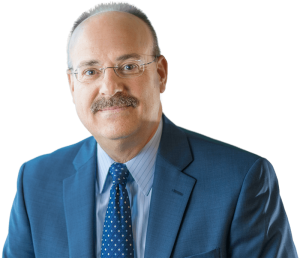Publication Source: New York Law Journal

The New York Lawyer's Code of Professional Responsibility has an interesting, and at times rather peculiar, relationship with rules and procedures governing civil litigation. For example, even if a lawyer is found to have violated the code in some respect, such a violation does not always result in an adverse consequence in civil litigation.
Indeed, New York courts have held that evidence obtained in violation of a provision of the code is still admissible at trial; attorneys are not always deemed to have forfeited their fees when they have violated the code; and legal malpractice cannot be established solely by proof of a violation of the code.1
In fact, the Preliminary Statement to the code explicitly states: 'The Code makes no attempt to prescribe either disciplinary procedures or penalties for violation of a Disciplinary Rule, nor does it undertake to define standards for civil liability of lawyers for professional conduct.'
Recognizing this interesting dynamic between the code and rules of civil litigation, courts throughout the country have grappled with the question whether specific code provisions can be relied on, or even cited, in legal malpractice cases. 2
Some commentators have argued that it 'makes sense' for courts presiding over legal malpractice claims to 'accept . . . expert testimony about the Disciplinary Rules and their meaning as 'evidence of' the standards of the community' because '[i]f the Disciplinary Rules are 'mandatory in character' and state the 'minimum level of conduct' expected and required of lawyers, they are the logical starting point for determining the minimum standards of the community.' 3 This view, however, has not always been adopted by the courts.
-----
Kevin Schlosser is a Shareholder and Chair of the Litigation and Alternative Dispute Resolution Department at Meyer, Suozzi, English & Klein, P.C. He handles complex commercial litigation, is on the Roster of the AAA National Panel of Commercial Arbitrators, serves as outside general corporate counsel, and is author of the New York Fraud Claims Blog, www.nyfraudclaims.com.
Reprinted with permission by the New York Law Journal.
990 Stewart Avenue, Suite 300,
Garden City, NY 11530
750 Ninth Street, Suite 501
Washington, D.C. 20001
Phone(202) 887-6726Fax:(202) 223-0358


